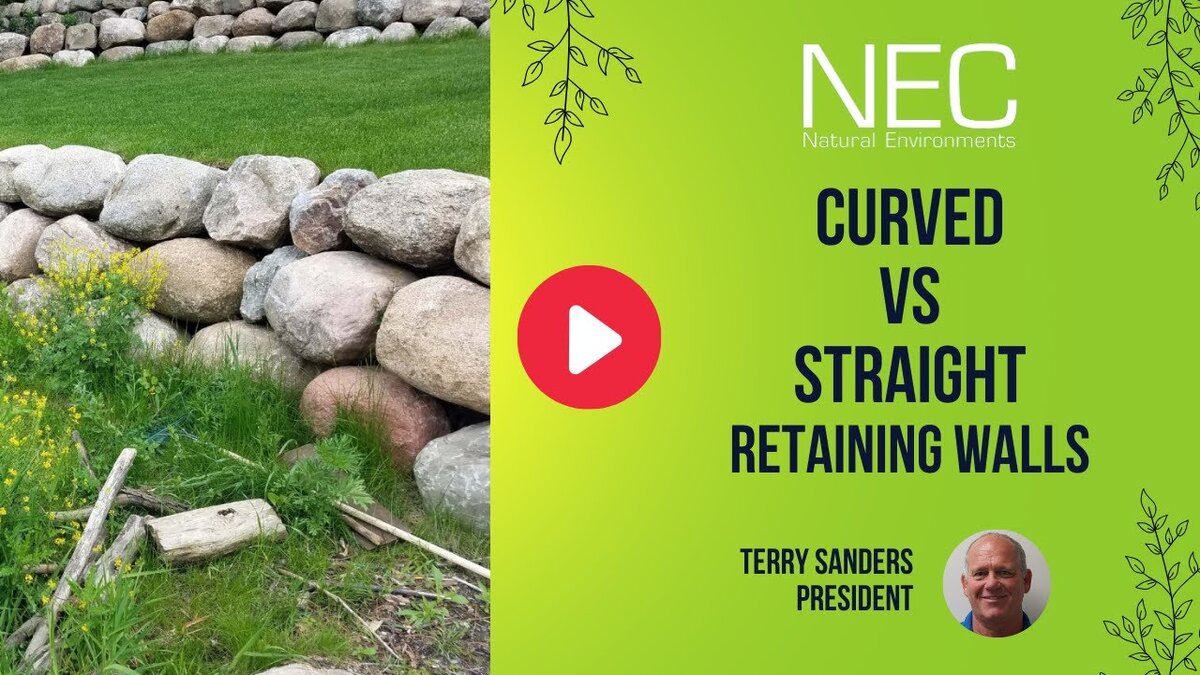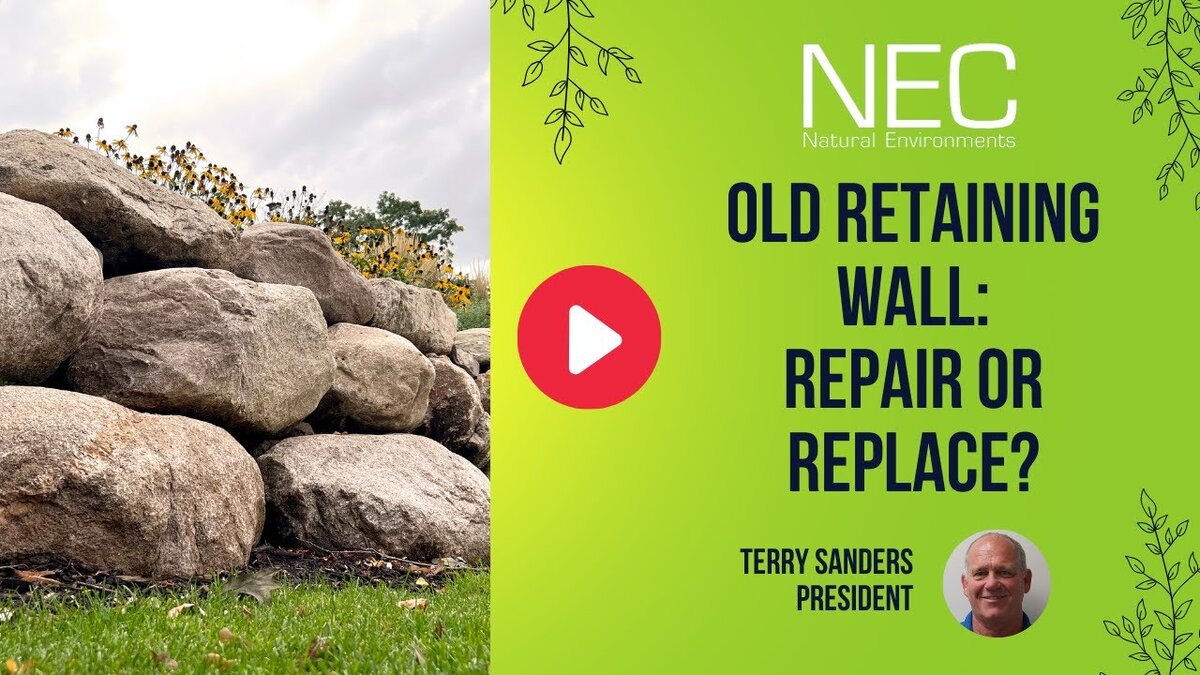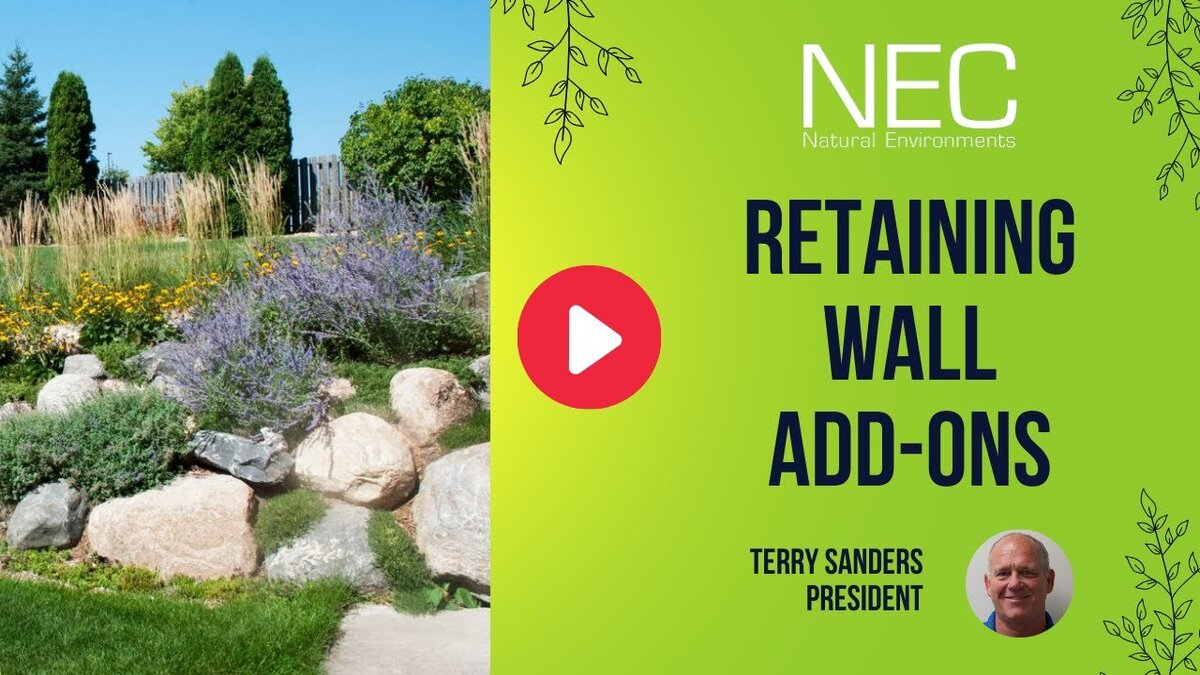Retaining walls are vital elements in landscape design, serving both functional and aesthetic purposes. For homeowners considering a stone retaining wall, understanding the process can ensure that your investment stands the test of time. In this article, we’ll outline the systematic approach to building a stone retaining wall from start to finish.
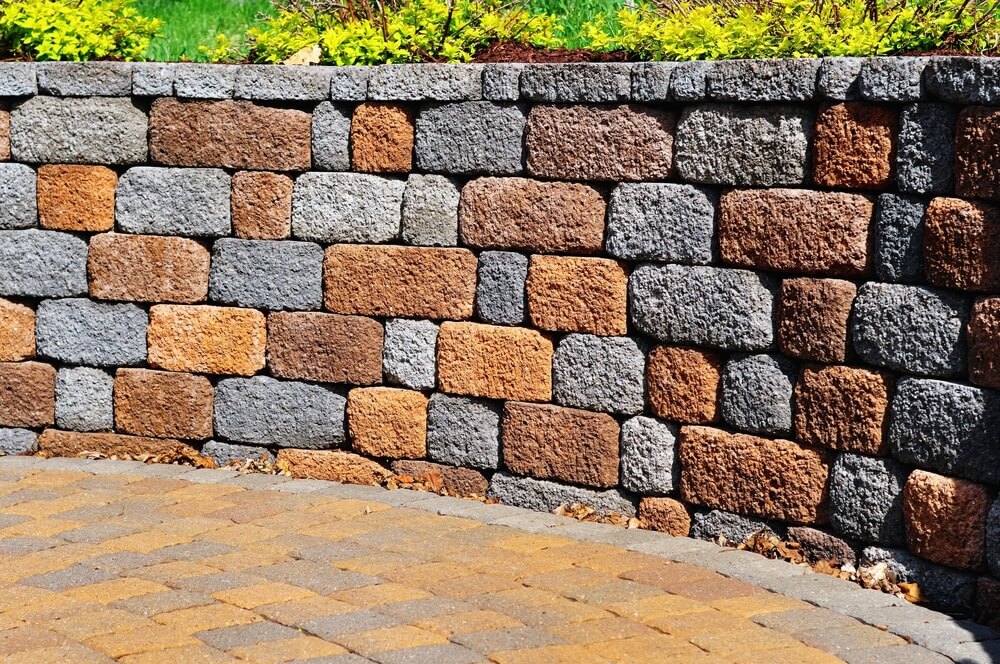
Obtaining the Proper Permits
Before commencing any construction work, it’s crucial to ensure you have the required permits. Local regulations may vary, so consult with your municipality or county to obtain necessary permissions. This step safeguards you from potential legal complications and ensures the safety and standards of your retaining wall.
Site Inspection and Examination
Before breaking ground, a thorough site inspection is paramount. This stage involves:
- Analyzing the soil type and characteristics
- Determining the slope and drainage patterns
- Identifying potential obstacles or underground utilities
Understanding the land’s nuances ensures the wall will be built on a firm foundation and minimizes unforeseen challenges during construction.
Excavation and Preparing the Base
The Importance of Excavation
The foundation of any structure defines its longevity. For stone retaining walls, the excavation creates space for a solid base.
Choosing the Right Gravel
After excavating, a gravel base is laid. This foundation provides both stability and drainage for the wall. Class 5 or Class 2 gravel are common choices, offering optimal compaction and permeability.
Setting the First Course
The first course is pivotal in the process of installing stone retaining walls. If it’s uneven or slanted, the subsequent layers will mirror those imperfections. This layer must be:
- Perfectly level
- Oriented correctly for the wall’s intended direction
Drainage System and Backfill Materials
Why Drainage?
Proper drainage ensures the wall doesn’t succumb to hydrostatic pressure, which could lead to bulging or collapsing.
Selecting Backfill Materials
The expertise of the installer shines in choosing the right backfill materials. It’s crucial to use granular materials, like gravel or crushed stone, which prevent water accumulation and promote drainage.
Stacking the Wall and Ensuring Stability
The stone retaining wall takes shape as you begin stacking. Depending on the stone type, some may require cutting using a diamond blade for precise fits. As the height increases, ensuring stability becomes crucial.
Implementing Wall Support
Geo grids or other reinforcement methods might be integrated, especially for taller walls. These reinforcements anchor the wall to the land behind it, ensuring it remains upright under pressure.
Final Touches and Wall Capping
Once you approach the intended height, the wall needs to be capped. This not only provides a polished look but also adds an extra layer of protection. After capping, additional fill may be introduced at the top to further prevent water from seeping behind the wall.
Conclusion
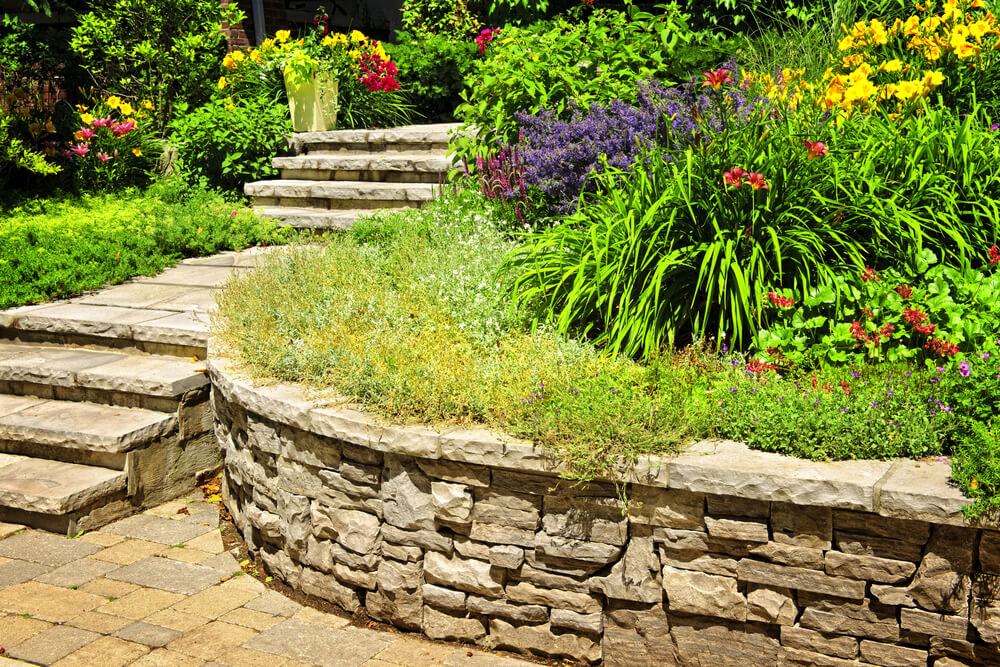

Installing stone retaining walls is not merely a construction activity; it’s a blend of science and art. When executed with precision and expertise, the result is a structure that is both beautiful and durable, standing tall for years to come. For more details or to discuss your project, feel free to contact Natural Environments Corporation today.

